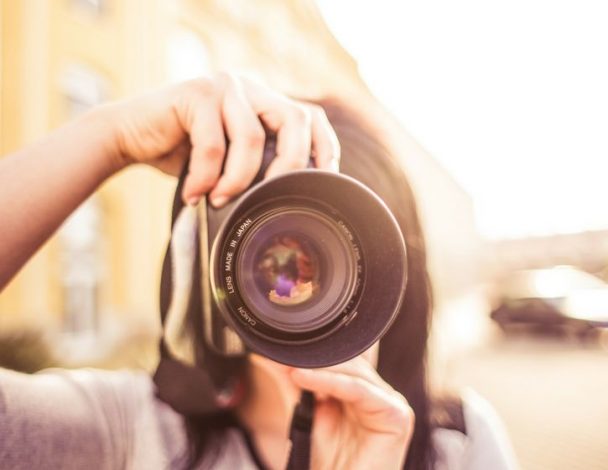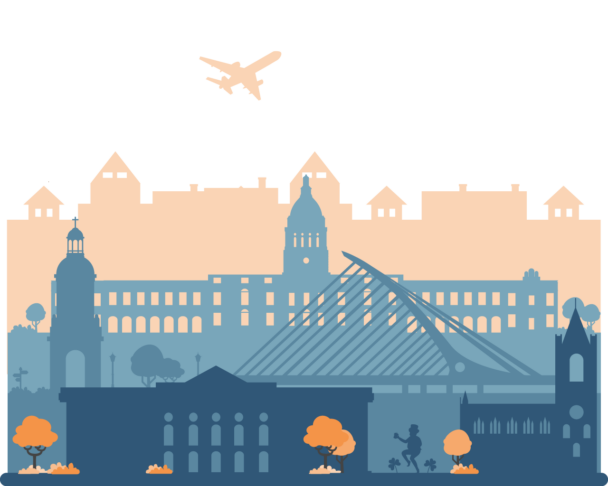Description
Basic Computer Proficiency required. Read more »
Basic computer proficiency courses are designed for individuals who have limited experience with technology. Participants will learn fundamental skills such as navigating the web, and using basic programs.
Being born after the digital revolution, today’s students may find traditional activities such as reading extremely boring while they naturally pay attention to audiovisual content (e.g., videos, photos, and audio resources).
In contrast, their teachers, who likely had a more conventional education, might feel unarmed in communicating with their students through the language of the new media.
This course aims to bridge the gap by introducing the participants to the educational power of audiovisual content. Participants will learn to use and adapt existing audiovisual resources as well as to create their own to enhance and stimulate their students’ learning.
In the course, participants will acquire a practical understanding of the most effective devices and free software for managing and producing videos, photos, and sounds. They will learn to gather professional and safe online resources, uploading and sharing materials online, managing timelines, audio, and photos, and adding subtitles to a video.
By its end, they will be confident in designing educational projects using video and photo technologies for their students.
Requirements
Suggested computer proficiency: Basic
What is included
Learning outcomes
The course will help the participants to:
- Search for audiovisual content on platforms for education;
- Apply basic techniques for shooting videos;
- Edit photos and videos;
- Organize sounds and texts in visual resources;
- Upload and share audiovisual content;
- Exploit audiovisual resources for educational purposes.
Tentative schedule
Day 1 – Course introduction & intro to videos
- Introduction to the course, the school, and the external week activities;
- Icebreaker activities;
- Introduction to videos: formats, shooting equipment, tools for showing a video;
- Presentations of the participants’ schools.
Day 2 – Video platforms
- YouTube and other video platforms: channel, filters, playlists, regulations;
- Streaming your lesson: options, tools, and utility.
Day 3 – Video recording
- Different free educational video platforms to implement your lessons;
- Video shooting: your phone is a camera; choosing a format/frame rate; shooting techniques;
- Record your own presentation.
Day 4 – Video editing
- Video editing: YouTube video editor and other software;
- Adding sounds to a video from YouTube libraries;
- Adding subtitles/text to a video;
- Practical activity: edit the video presentation of a colleague of yours.
Day 5 – Teaching techniques
- Open software to implement teaching techniques;
- Examples and exercises.
Day 6 – Course Closure & Excursion
- Course evaluation: round-up of acquired competencies, feedback, and discussion.
- Awarding of the course Certificate of Attendance.
- Excursion and other external cultural activities.








